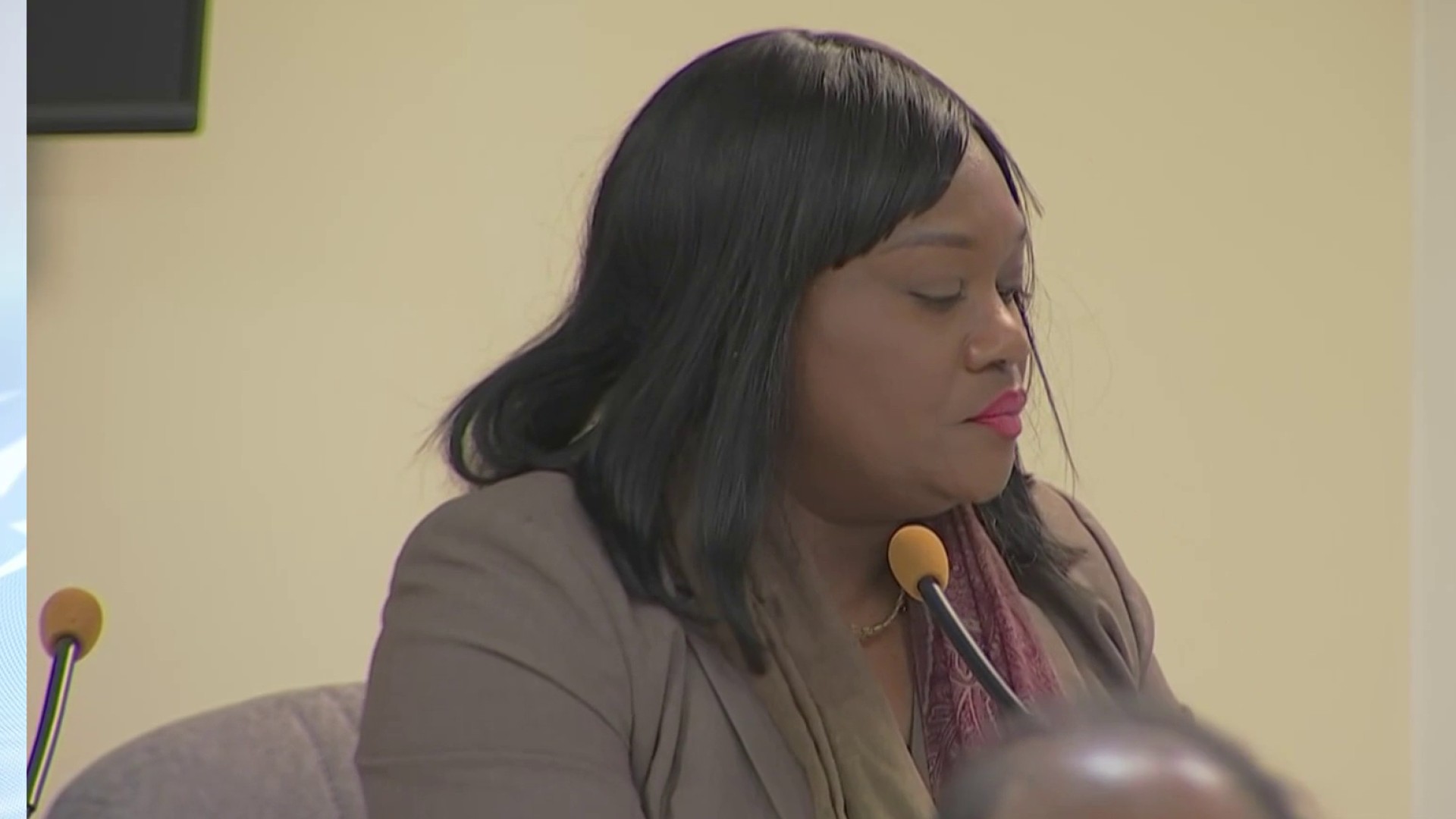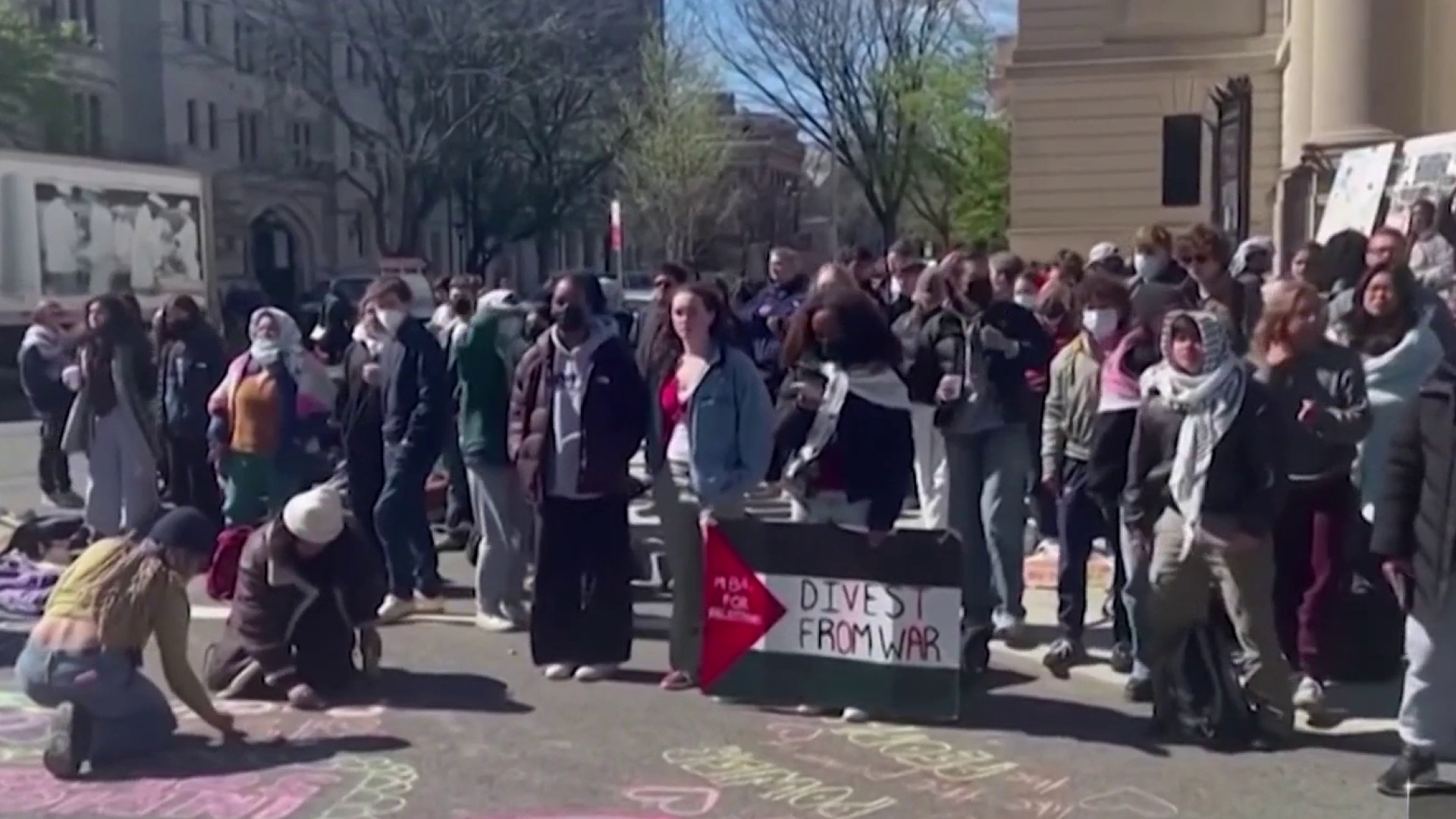Weigh in with your thoughts on the new sculpture:
[[444283463, C]]
As the Philly continues to debate whether or not a statue of former Mayor Frank Rizzo should stay in place, a sculpture of an Afro pick that sits just feet from the Rizzo statue is sparking new dialogue.
Mural Arts Philadelphia installed a sculpture of a 12-foot Afro pick topped by a black power fist at the southwest corner of Thomas Paine Plaza, about 50 feet from the 10-foot tall bronze Rizzo statue, which stands outside the Municipal Services Building near 15th Street and John F. Kennedy Boulevard. The sculpture, titled “All Power to All People,” was created by multimedia artist Hank Willis Thomas.
The sculpture is part of the Mural Arts’ new public art and history project “Monument Lab,” which features work from 20 artists placed at 12 sites in the city over a nine-week period.
Thomas, 41, told Philly.com he had been working on the sculpture for nearly a year. Thomas, who resides in New York and spent part of his childhood in Philadelphia, told NBC10's Aaron Baskerville that his art celebrates an element of black culture and is not intended to be controversial.
Thomas told NBC10 his father was a Black Panther and his grandfather came through the police academy with Rizzo.
The Rizzo statue wasn't on his mind but Thomas says he did wish for his art to be placed close to City Hall.
[NATL] A Brief History of the Cellphone
Local
Breaking news and the stories that matter to your neighborhood.
Mural Arts founder Jane Golden says the sculpture was planned to be put in its location prior to the debate over the Rizzo statue and that its placement wasn't a reaction to the statue controversy.
"The idea is to add something to that picture, to value stories of solidarity and social justice and to make that meaningful right in the heart of the city," Mural Arts curator Paul Farber said.
Rizzo served as mayor from 1972 to 1980. Critics argue he reigned over a corrupt police department and used his power to alienate minorities. Supporters say he was a devoted public servant who spoke his mind.
Besides protests, both Rizzo’s statue and mural in the city have been vandalized numerous times. The incidents included a series of eggings and the spray-painting of “Black Power.”
The recent string of vandalism followed renewed calls for the removal of public images in cities around the country in the wake of the deadly violence at a white nationalist rally in Charlottesville, Virginia in August and national discussion over how to handle statues and monuments linked to racism and other emotionally-charged issues.
Philly councilwoman-at-Large Helen Gym began pushing for the Rizzo statue’s removal last month, reigniting the debate over the legacy of the controversial mayor, who died of a heart attack in 1991.
Some call the statue and mural reminders of Rizzo's strained history with the African-American and gay communities during the late 1960s and 1970s.
Rizzo, a hard-charging, big-mouthed icon of head-cracking law enforcement in Philadelphia, served as police commissioner for four years before serving two terms as the city’s mayor from 1972 to 1980. His friends, family and fans remember him as a devoted public servant unafraid to speak his mind. Thousands of people signed a recent online petition to keep the statue in place.
Lowlights from Rizzo's time as police commissioner include an incident in 1970 of officers raiding the Philadelphia headquarters of the Black Panthers and forcing the men to strip in public.
Supporters of Rizzo claim he wasn't a racist however, citing the fact that he integrated police cars with African American and white officers during his time as mayor.
“Frank Rizzo means many things to many people,” Gym said. “He was known & loved by those who knew & loved him. Moving the statue doesn't take that away. The hatred and violence I and others have received also points to a legacy of racism/violence by those who profess to honor his memory.”
In response to the controversy, Mayor Jim Kenney said it was the “right time” for a conversation about the statue. City officials say they’re taking suggestions from the public in regards to the statue’s fate.
Correction: This story has been corrected to clarify Mural Arts' position on the placement of the statue.



